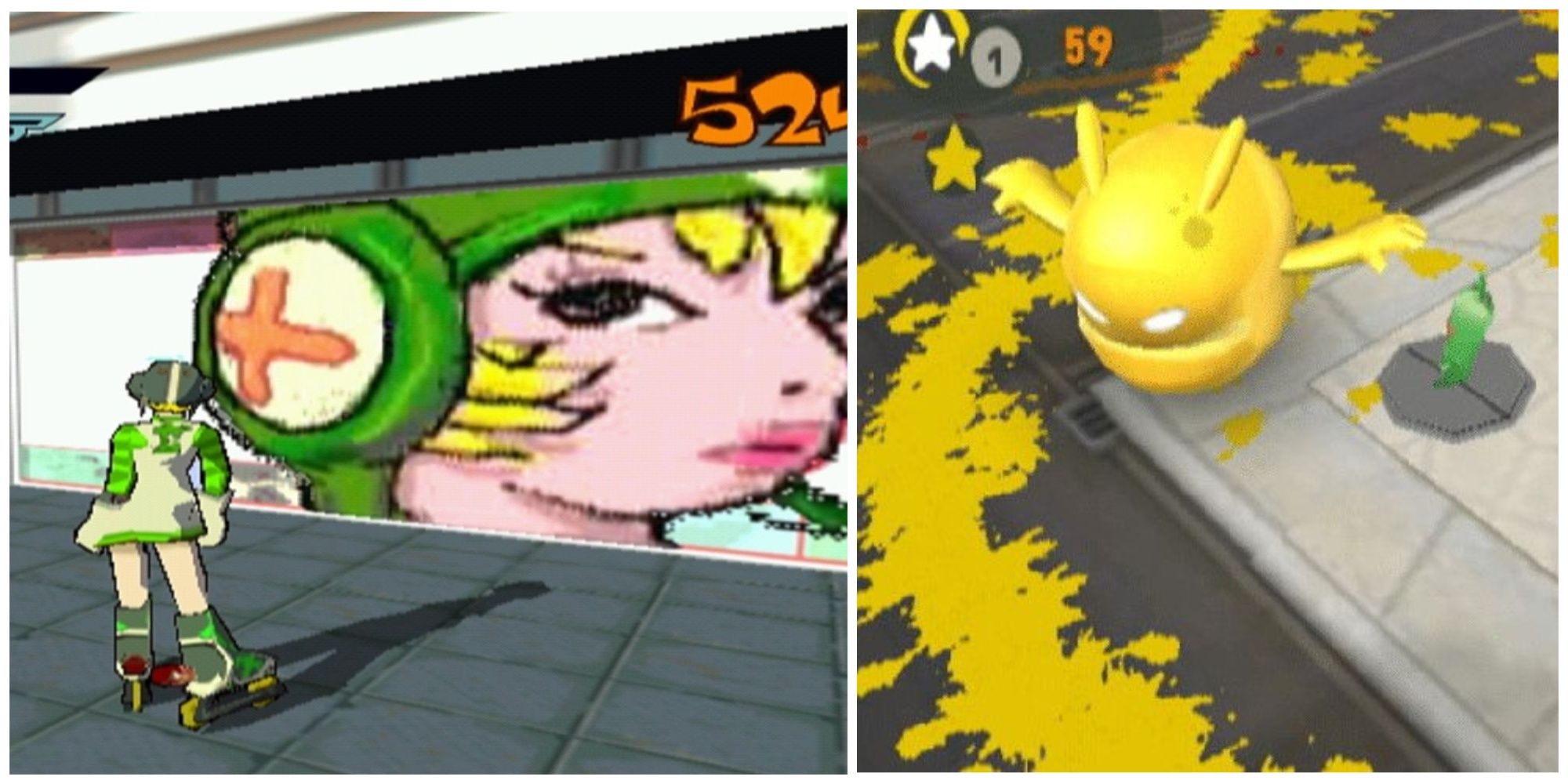Key Takeaways
- The meta in Smash Ultimate has evolved with improved players and strategies, making early hype characters less prevalent.
- Belmonts and Ike showed potential at launch but faced weaknesses as players adapted to their laggy attacks and limited options.
- Lucina, Olimar, and Pichu underwent changes in the meta due to their predictable playstyles and nerfs impacting their competitive presence.
The current meta in Super Smash Bros Ultimate is very different compared to its launch version. While there were some definite low tiers, there were several fighters that showed their peak potential. At the time, the game was still new with characters still hiding their untapped prowess.
While some characters felt hyped and powerful at launch, they’re not the same in the current meta. Now, players are improving their advantage states, making fewer errors during edge guards, juggling, and spacing attacks. Tournaments are still vibrant with many fighters, though some characters aren’t as prevalent compared to the early years. This is due to an improving player base, stronger counter strategies, DLC, balance changes, and other issues. These fighters still have potential, but they’re becoming less relevant in the meta.
10 The Belmonts
Perfectly Flawed Hunters
Simon and Richter were well known for their demonic range at launch, whipping at great distances on both the ground and air. They’re equipped with several projectiles to keep their foes at bay, including the holy cross, axe, and holy fire. They excelled at pushing the opponents away, especially with mains like T3 Dom.
As the meta progressed, the Belmonts’ flaws became clearer. While their attacks still had range, they were laggy and specific with coverage. Experience helped players recognize their setups before timing their movements around the holy projectiles. With their limited close range options, it takes one mistake for the hunters to lose advanatage. As players get better at edge guarding, it gets trickier for the Belmonts to recover. They weren’t the best-ranged once DLC characters like Byleth, Sephiroth, and Min Min entered the fray. The hunters still have one of the best ledge traps in the game, but they have to work hard to reach that advantage.
9 Ike
Former Busted Swordsman
At launch, Ike was a fantastic heavy swordsman that emphasized power. His neutral-air and foward-air were his best neutral tools. He could KO opponents effectively with back-air, up-air, foward-tilt, up-special, and more.
As the game developed, though, Ike didn’t get much better. Players came to understand his main strategy, which allowed them to counterplay by reacting to his choreographed attacks. His speed is below subpar, hindering him against runaway and zoning characters. It didn’t help that more DLC characters had better ranged tools, pushing the slow swordsman away. Despite his drop in the tier list, Ike’s mains like Ravenking are still in the competition.
8 Megaman
Robotic Zoner
Megaman excels at mid-range with his projectile-based moves, such as his down-air rocket punch, jab pellets, neutral-special blade, and wind up-air. His few melee attacks are very impactful, especially his strong up-tilt shoryuken.
However, this dedicated design holds the character back. Megaman’s combo game requires time and setup to deal decent percents. It takes a lot of work for him to maintain his momentum compared to other fighters doing the same damage with fewer moves. Players like Peabnut have great results with Megaman, but it’s always a challenge to work with his lower damage output.
7 Chrom
Glass Roy
At launch, Chrom was debated as being a better swordsman than Roy. The major differences between the two involve damage, elemental attacks, combo routes, and up-special. Like his daughter, Chrom’s attacks deal consistent damage. He had a strong presence in the competitive scene at launch.
As the meta evolved, Chrom had difficulty avoiding players’ improved edge guarding tools. Unlike Roy, his recovery options are limited. Despite having the same up-special as Ike, he doesn’t have a hitbox to cover above him, leaving him defenseless. He can’t risk being at a disadvantage, even if he pushes for his own advantage. This conundrum diminishes the character’s potential.
6 Bowser
Koopa Grappler
Bowser is one of the better heavies in the game. His damage output carries his minimal combo routes, including his neutral special flame breath. He can dish out a lot of damage with his aerials and smash attacks while taking a lot as well.
As time progresses, players perfect their combos more consistently. A large heavyweight like Bowser makes it easy for any attack to link effectively. He has few options during disadvantage, leaving him exposed to juggles and attacks off-stage. Bowser mains continue representing the King Koopa, but combo-oriented characters and DLC make it difficult for him to take advantage.
5 Lucina
Swordsman Of Neutral
Most of the player base will confirm that Lucina is better than Marth. Her down-tilt and aerials are great at poking her targets at a good distance. Her quick walking speed helps her maneuver carefully on stage, while her floaty air drift lets her linger a bit longer off-stage. She requires some patience, but can pressure her targets when necessary.
Lucina’s major drawback, which has hurt her position in the meta, is her very standard fighting style. Her winning condition requires her to push her opponents to a disadvantage. With a smaller sword, she relies on her opponent’s making risky attacks for her to punish. When facing foes with more speed, range, and zoning, it’s hard for her to overcome.
4 Olimar
Small Explorer
Olimar was a sleeper threat in the earlier competitive years. His design allows control over different types of Pikmin with elements like fire and electricity. Some even have benefits, like yellow Pikmin’s longer range and blue Pikmin’s stronger throw. This allows him to adapt to his needs, whether he needs a Pikmin with better range or damage power. Players like Shuton revealed his potential early in several tournaments, like Umebura SP and Frostbite 2019.
The character is still strong, but his reliance on Pikmin is his greatest flaw. If the Pikmin dies, Olimar is forced to pluck out more, which can only be done on the ground. If he’s in the air with no Pikmin, he’s at a great disadvantage. He needs to have an active Pikmin since he has only 5 weak unarmed attacks. His low weight means that any mistake can result in him being fatally launched.
3 Inkling
Freshest Woomy
Inkling was the hypest newcomer to join the current roster. At launch, the character showed their fantastic neutral, safe aerials, small hurtboxes, and damaging combo. Their attacks include weapons from their home series: splattershot, blaster, splatbombs, inkbrush, and roller. Cosmos was one of the best Inklings to take high placings in earlier tournaments, like Umebura Japan Major 2019 and Smash Ultimate Summit.

Related
7 Best Games About Graffiti, Ranked
Graffiti in the real world can be a risky hobby. Thankfully, these video games simulate the act of painting street art without the threat of police.
What reduced Inkling’s competitive presence is their straightforward design. This character is limited by its combo routes and pressure game. Players started to recognize the character’s shallow setups, making it easy for opponents to react and avoid. Players have also been improving their spacing, making it risky for Inkling to whiff any stubby attacks. The character is still great with their movements, but it’s hard for them to avoid choreographing their mix-ups.
2 Pichu
The Spark Of Good
Pichu is a returning veteran with a dominating presence in early competition. The community took him a lot more seriously at launch, thanks to his improved mobility and bait-and-punish game. Though some of his moves cause self-damage, their rewards were worth it, especially his forward-tilt. Players like Void would earn great placements in tourneys like Genesis 6.
Shockingly, Pichu’s was short-lived after several nerfs. Not only was his hitbox bigger, but his best tools were also weaker and more punishing. Every self-damage attack exponentially increased, making whiffs more committed and risky. It was already hard for Pichu to manage his damage percent, especially with his lighter weight. He needs to be cautious as he reaches close to early KO percent, especially against characters that cause great explosions or damage.
1 Shulk
Technical Potential
At launch, Shulk was debated as one of the sleeper top tiers. What made his tier placement debatable is his broken neutral special, Monado Arts. He can adapt to any situation, but this amount of potential comes at a great cost: Shulk’s high technicality and art drawbacks. Each time-limited art grants different buffs and debuffs. He’s reliant on knowing when to use what available art throughout the match. Wasting an Art will greatly hinder his advantage opportunities.
What’s worse is another Xenoblade Chronicles representative having a similar mechanic at lower risks. His complicated, risky design made some players prefer the easier character. Top players like Kome are still reaching high placements in tourneys like in Umebura SP 11. Shulk still has the potential to be good, but his advanced features make the effort not feel worthwhile.




